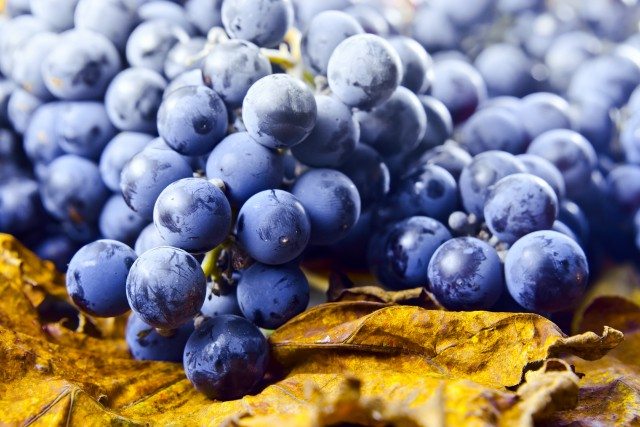Vitamins, mineral substances, fruit aromas or green tea catechins – many ingredients from the “microcosm” cannot be easily incorporated into the food matrix, according to Anuga FoodTec show organizers Koelnmesse and the German Agricultural Society.
Only using new processes is it possible for manufacturers to ensure the stability of the valuable substances or to optimise their taste.
From March 24-27, 2015 in Cologne, Germany, food and beverage exhibition Anuga FoodTec will present trends in functional ingredients and technologies with which powdered and liquid substances can be modified.
Here are more details.
Maintaining food colors, flavors
Microscopically small capsules help to maintain natural colors and flavorings in food products, whether it involves emphasising the colorful features in multilayer desserts or adding a spicy wild garlic aroma to pastries.
A protective coating envelops the valuable substances using microcapsuling.
This is used to homogeneously integrate solid or liquid active substances into a substrate such as a sugar-starch matrix.
Products in which extracts are protected from evaporation, oxidation and the effect of light are developed in this way.
In water, they create a stable emulsion, which enables colour shades to remain in yogurt ‘layer by layer’.
Managing aroma using hot air
Together with substrates, the dispersed ingredients are thermally treated, for example in a fluidised bed or by spray drying.
Hot air is almost always part of the process and it is used to fluidise particles.
In this condition, the individual particles are accessible from all round.
By injecting liquids, processes such as granulation, agglomeration, coating or microcapsuling are performed.
Besides water, vitamins, fat or lecithin are applied to the particles in this way, which results to is a powder in which the functional substance is coated by a layer of 0.1 to 500 micrometers in thickness.
With the agglomeration, characteristics such as porosity, bulk density, dust content and solubility can be accurately adjusted.
When coating, however, a film forms in several layers, in which the particles retain a homogenous, stable casing.
The combination of spray drying and agglomeration in turn enables products to be made with optimum instant properties such as curry powder.
Poorly soluble due to its high fat content, it can be prepared as an instantized powder in hot water quickly and without clumps.
The methods provide support in the manufacture of countless products such as for evenly distributing vitamins and mineral nutrients in fruit juices and taking flavorings in dry mixtures safely through the production process.
Coated in starch, fruit aromas in instant teas may survive for months unscathed.
The aroma is only released in warming hot drinks or refreshing cold drinks and ensures pleasure from every cup.
In contrast, coating with vegetable fats masks the metallic or astringent flavour of mineral substances.
In instant soups, it enables a continuous aroma release, through which the products remain ready to serve for a prolonged period without losing their taste.
In baking powder, it controls the functionality so that it only sets in at a particular temperature.
Protective cover for freshness
Modern capsuling techniques allow food companies to improve the nutritious and technological properties of their beverages, sweets, cereals and snacks.
They also enable completely new taste experiences such as serial tasting.
Here, the aromas are released ‘step by step’ from their microcapsules, which transport the flavor.
For example, an American aroma specialist has developed a crunchy bar that unfolds three flavours in succession.
The first bite, which tastes of orange, is followed by wild fruit and banana when one continues to chew it.
In light of such developments, the playing field for food manufacturers should continue growing in the future.
In many projects in the food industry, the potential for even smaller ingredients is being explored.
Researchers want to know how these can be used to extend the shelf life of foods.
In doing this, they are making use of the fact that the physical and chemical properties change as the particle size decreases.
Among other things, the diffusion of light decreases, creating new color properties.
The surface also increases in proportion to the volume, which enables the particles to react more vigorously.
One result of their work: With a layer of a few nanometers in thickness, the shelf life of meat, cheese, fruit or sweets is extended – a protective cover for freshness in the nanocosm.










